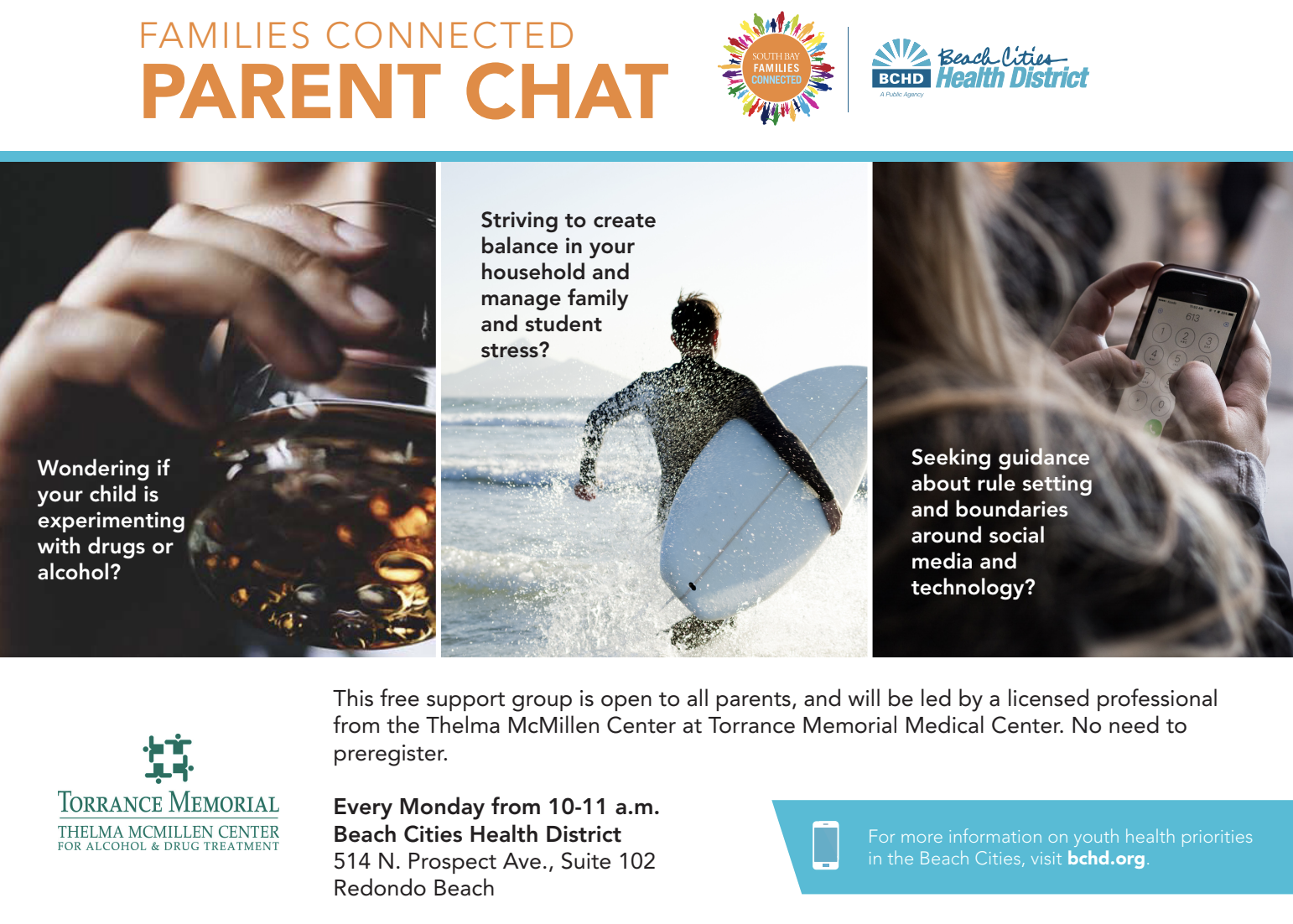Picking Your Battles: The A-B-C Method, by Dr. Moe Gelbart
/There is an inevitable, seemingly never ending struggle between children and teens trying to establish their own identity, and live by their own rules, and we parents trying to teach them, guide them, and protect them from dangerous behaviors and actions. Sometimes it feels to both sides like there are rules for everything, nothing is acceptable, and there is a constant tug of war regarding rules and expectations. To cope with this, and ultimately achieve better relationships and results, I advise parents to adopt what I call the “A-B-C” method.
The core principle is to understand that all behaviors are not equal, and for parents to be able to distinguish between essential and non-essential issues. I suggest dividing the issues with your teenagers into A, B, and C categories.
“A” category issues are essential, and non-negotiable. It is important to note that for each of these categories, there are no hard and fast rules as to what is to be included – each set of parents decide what fits for them. The most important issue is that both parents must be on the same page, or the result will be massive splitting. “A” category issues are things like taking drugs or drinking, attending school, not being verbally or physically abusive, and behaviors which are absolutely unacceptable. The child needs to know that these behaviors and rules are non-negotiable, and parents will do whatever it takes to insure compliance. Most parents can identify “A” issues relatively easily.
“C” issues are things your child does, that you don’t like or agree with, but that you can live with. Again, it is each parent’s personal decision as to what constitutes a “C” item, but it is things like the color or length of their hair, how well they clean their room, how they spend some of their time. My recommendations regarding “C” issues are to let your child know how you feel, but let them make their own choices. This is an important step in them developing their self-identity and to independence.
Finally, “B” issues are those areas where parents express their desires and expectations, children express their points of view, preferences, and choices, and there is an attempt at negotiation, bargaining, and compromise. “B” issues can be things like curfew times, attending events or parties, screen time on cell phones or devices. The goal on “B” issues is to try and arrive at compromise and understanding, learning to give and take, and both points of view receiving respect and validation.
Although not a hard and fast rule, you should try and achieve a balance between A-B-and C behaviors, perhaps close to a third for each. When caught in a battle, you can ask yourself, “is this A, B, or C” and act accordingly. The problem for many parents, and children, is when everything begins to be an “A” (i.e. how you clean your room becomes as much of a battle as whether you try drugs) and the child then begins to tune everything out, and hears everything as an absolute demand. These children experience and perceive their parents as trying to control all aspects of their life, and a common reaction is to rebel against everything.
Think about your own situations, and try and place rules/expectations into A-B-C buckets. I think you will find a much more pleasant response from your children. I am impressed that parents I have presented this to have taken it to heart, remembered it for years, and found it works extremely well.
If you have issues you would like to see addressed, please email me at askdrgelbart@gmail.com.
Moe Gelbart, Ph.D.
Executive Director, Thelma McMillen Center






